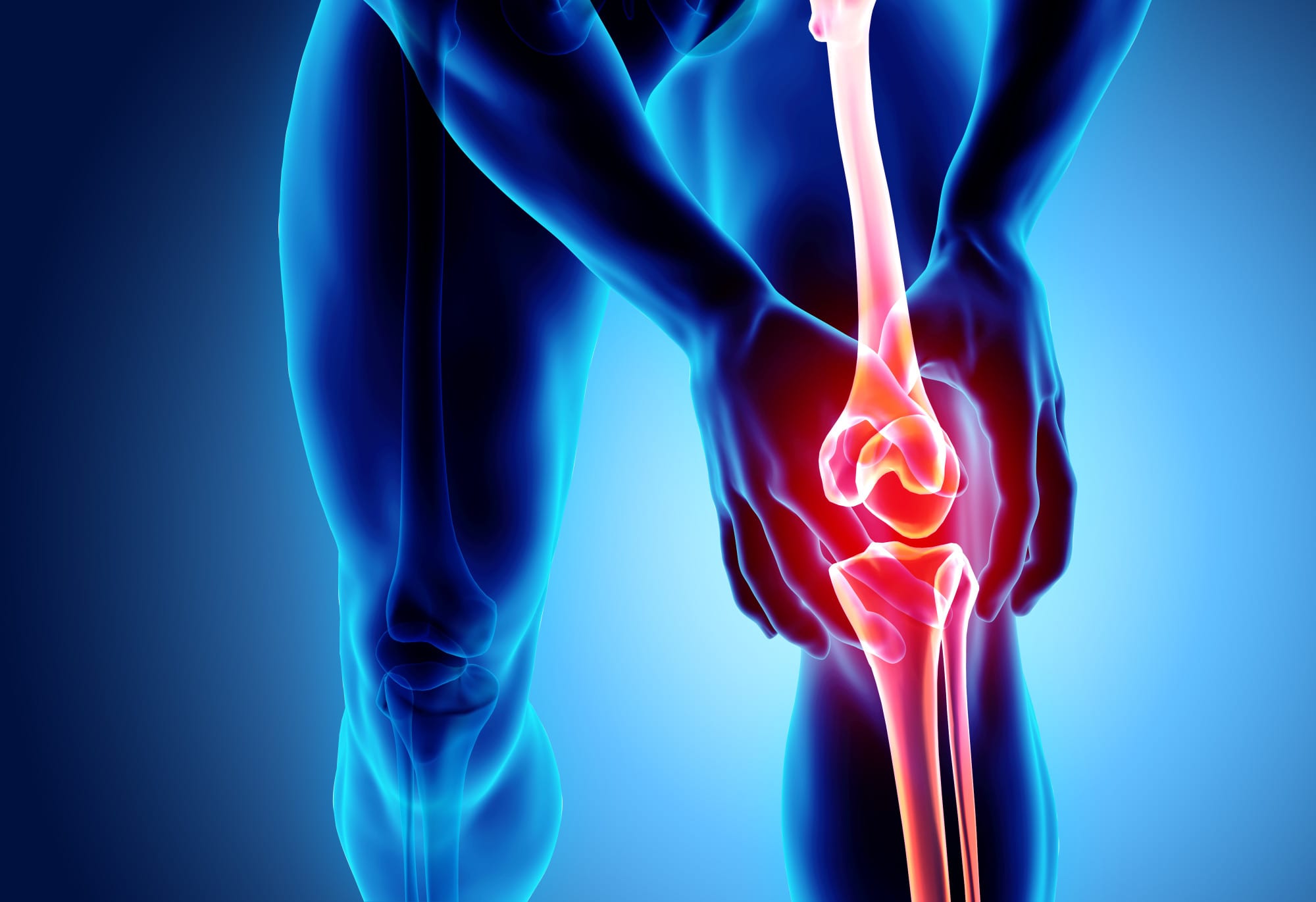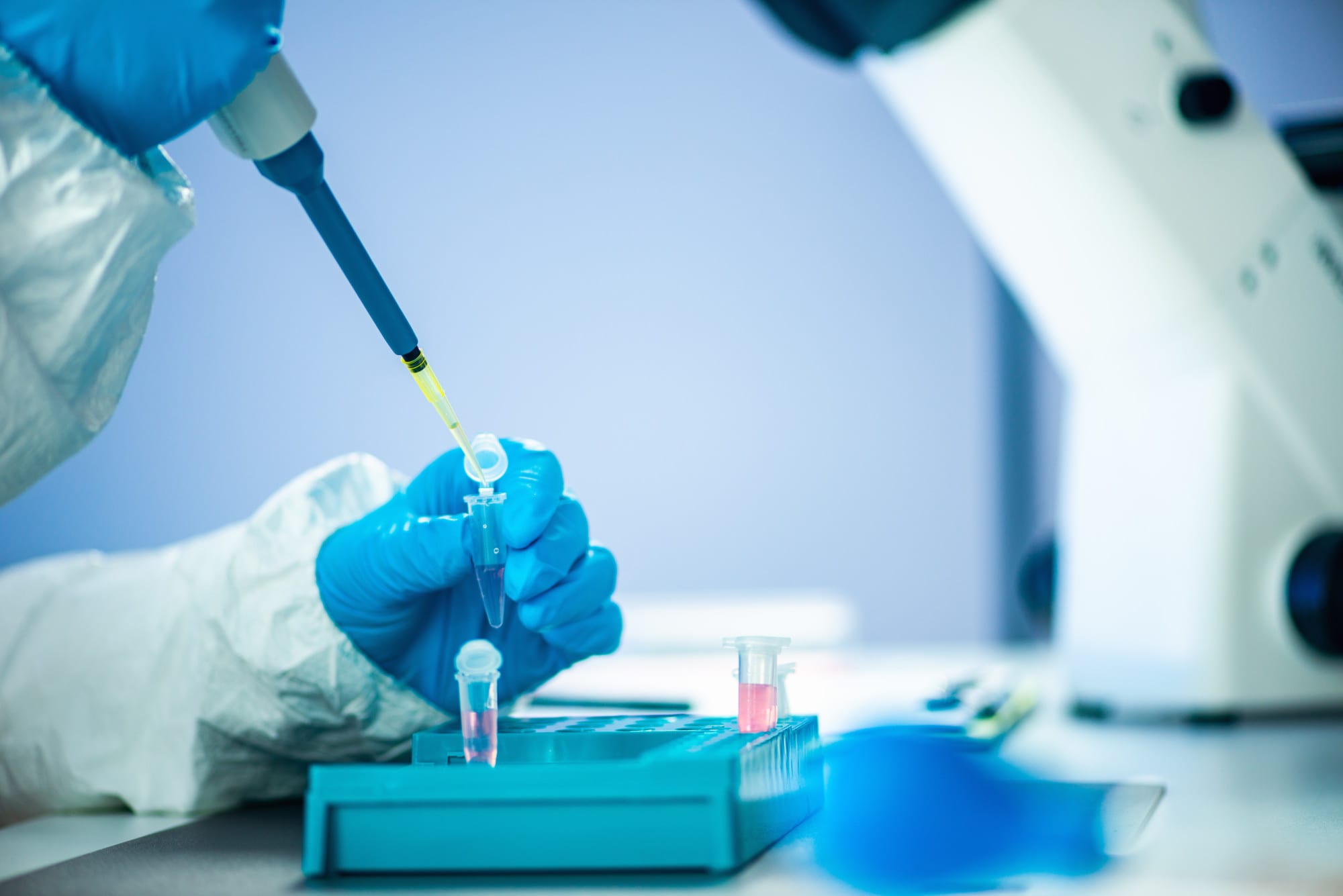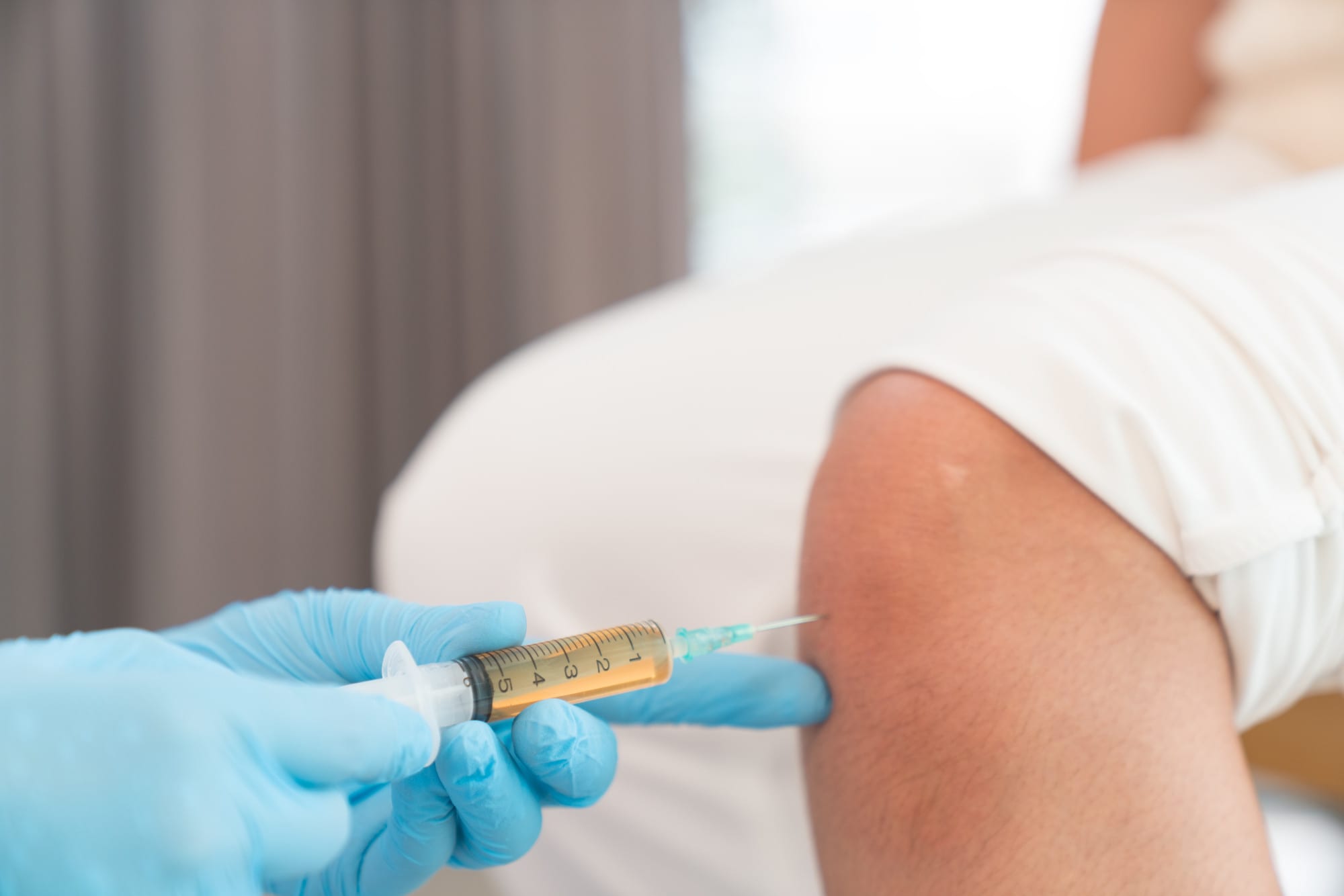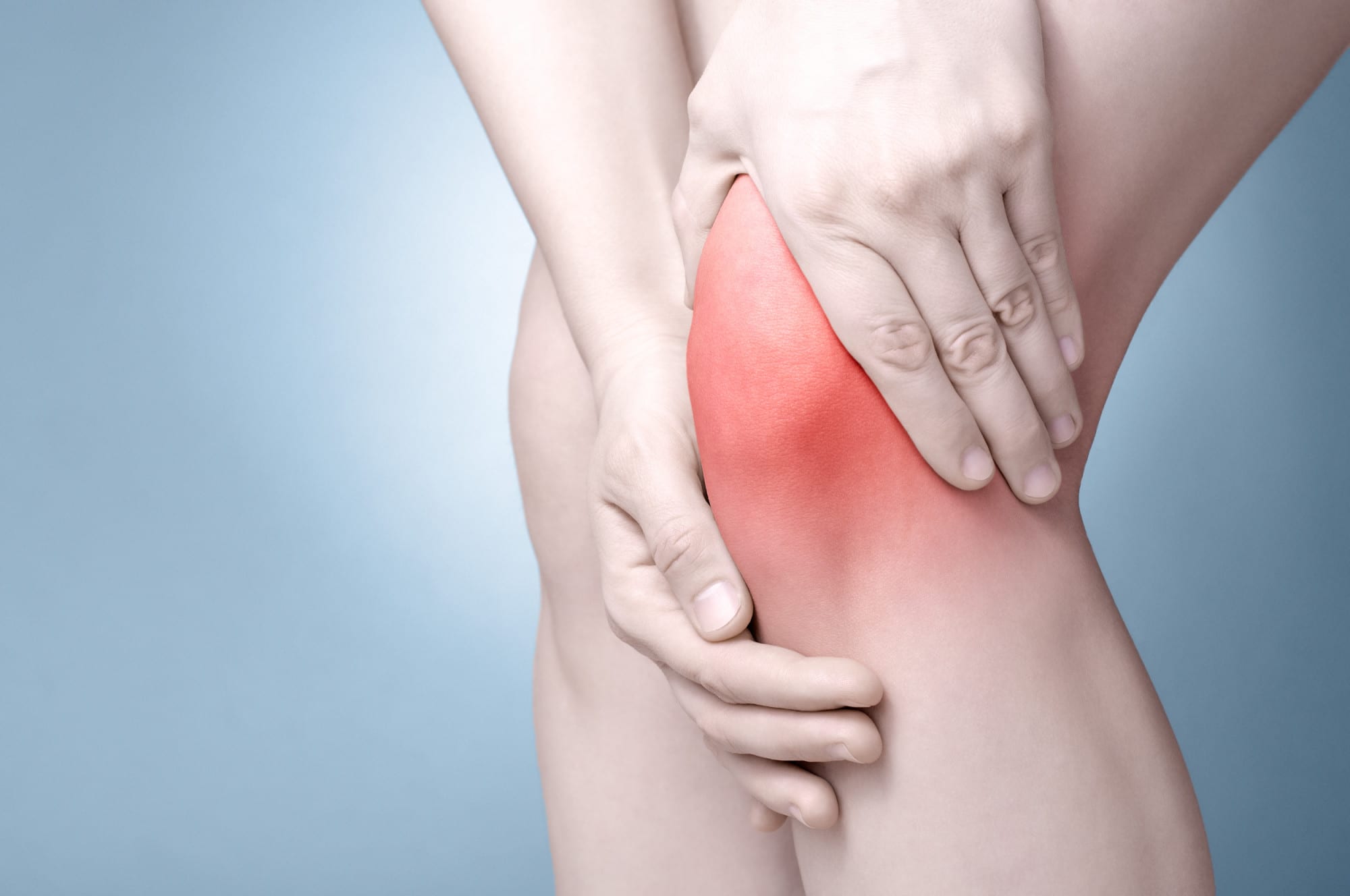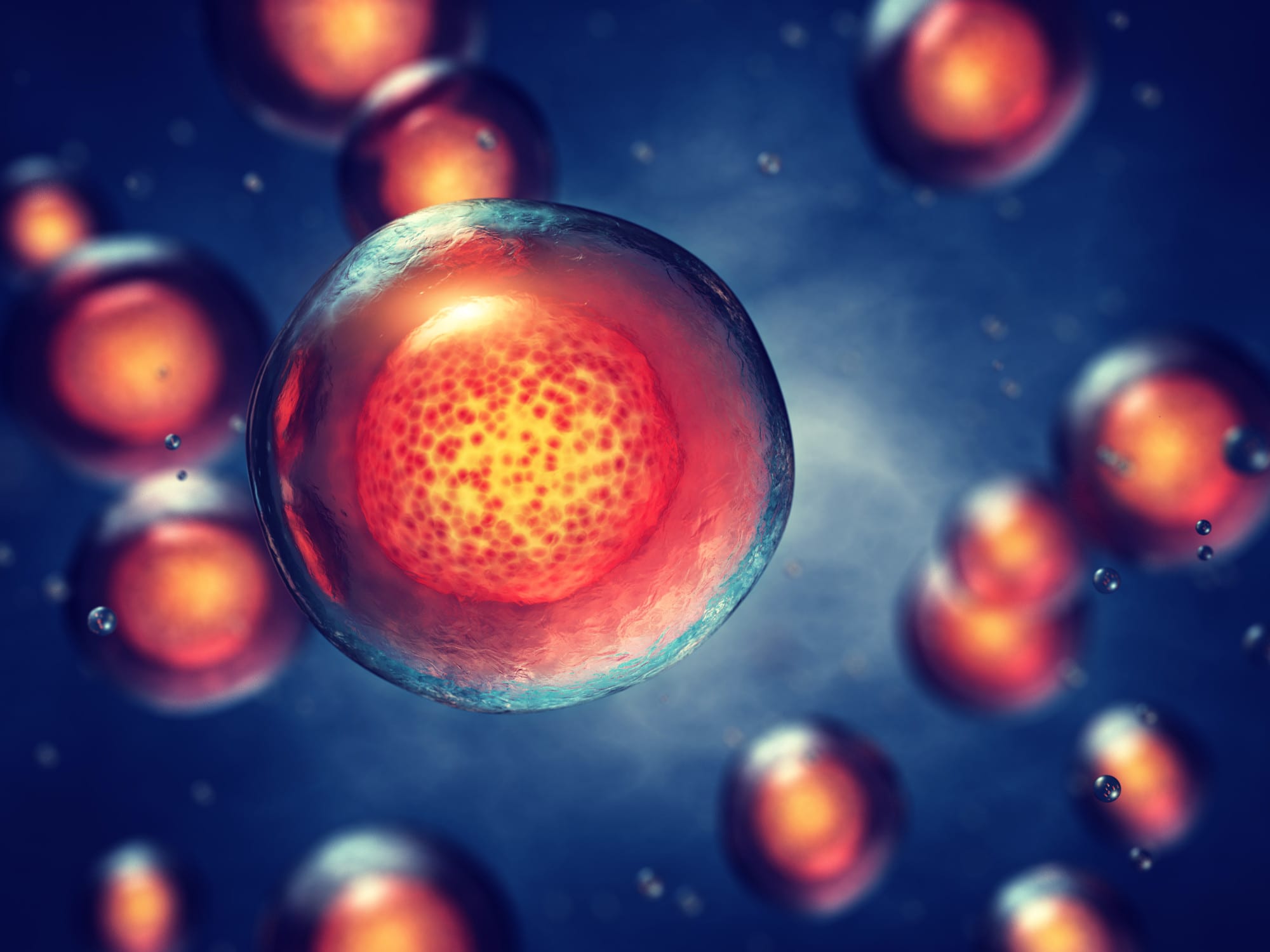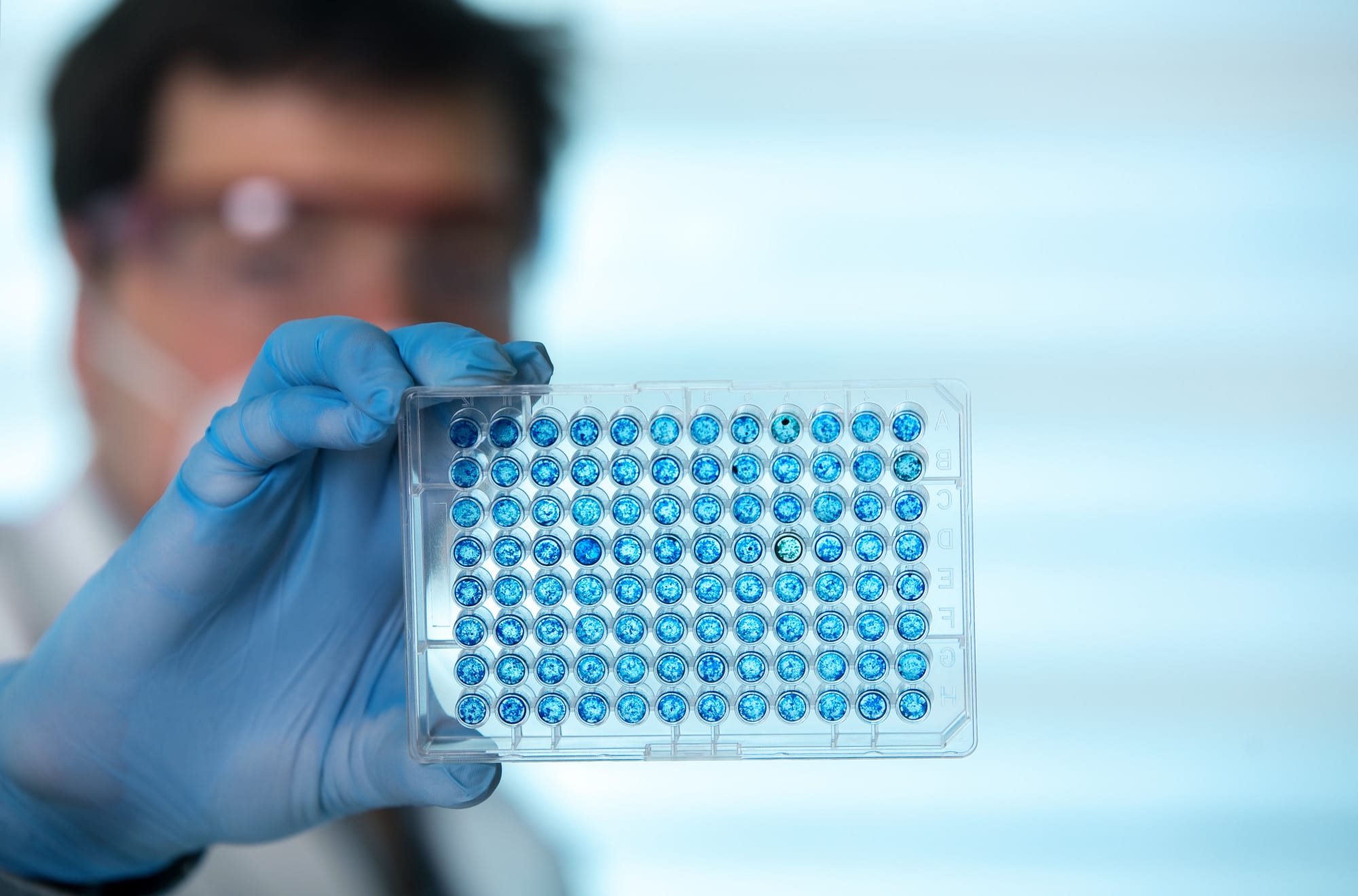Imagine your life without chronic knee pain. You could comfortably walk up the stairs, take a long walk, and do chores around the house. This pain-free life could be yours!
If you’ve tried other treatments for chronic knee pain without success it may be time to consider a different option. Stem cell treatment is a novel form of treatment for chronic knee pain. It uses stem cells to address the causes of knee pain.
The process is simple and relatively pain-free. Stem cell treatment has been studied for arthritis, general joint pain, and inflammation.
If you’re thinking of stem cell treatment for knee pain relief, you probably have a few questions. Read this article for all the information you’ll need about stem cell treatment for chronic knee pain.
What Is Stem Cell Treatment?
Every human being has stem cells, without them, we would die. A stem cell is a cell in the body that has the potential to differentiate to replace damaged or dying cells. Stem cells can become muscle cells, skin cells, or any other type of tissue. This is why stem cells are so useful for the human body. Stem cells also have the ability to sense where they are most needed.
Humans produce fewer stem cells as we age. This is why we have more aches and pains as we get older. We do not have enough stem cells to regenerate the damaged tissue that comes with wear and tear. Stem cells can be found in bone marrow, adipose tissue, and the perinatal tissue from live healthy births.
The treatment triggers damaged tissue to repair it. The stem cells recruit other cells in the body to promote regeneration and reduce the inflammation that causes pain. The regenerative nature of stem cell treatment makes it effective for organ transplant treatment or to repair nerves in the body too.
Only recently has stem cell treatment been studied as a way to alleviate chronic knee pain. Current research suggests that when stem cells are used on joints the stem cells may develop into cartilage cells. They help to reduce swelling (inflammation) that makes the pain worse.
Long term, researchers hope to see how stem cell treatment could help the body release proteins to slow the process of cartilage degeneration. More research on stem cell treatment and joint pain is being done to find out exactly how stem cells can alleviate knee pain.
Types of Chronic Knee Pain
There are a few common causes of chronic knee pain including arthritis, injury, and overuse. If your knee pain is from an acute injury, the pain may go away on its own. However, if your knee pain is from arthritis or overuse you should consider treatment options.
Osteoarthritis in the knee is caused by worn-down cartilage. Cartilage serves an important function to cushion joints. Without proper cartilage, you could experience inner knee pain. Resting, applying ice, and taking an over-the-counter anti-inflammatory might help but only temporarily.
Unlike osteoarthritis, arthritis is not caused by overuse. And you may feel inside knee pain or pain behind knee because of arthritis. It is caused by inflammation that damages the structure of the joint over time. Back of knee pain is a common symptom of arthritis.
If you have knee pain running it could also be an IT band issue. Excessive stress to the IT band can cause swelling and pain. Usually, a few days of rest will relieve IT band syndrome. So, if you continue to have knee pain it could be a more serious issue.
Stem Cell Treatment for Chronic Knee Pain
So, how exactly does stem cell treatment work for chronic knee pain? The process is actually relatively simple. First, a trained professional will use imaging guidance to locate the joint space, and then using a small needle will inject the stem cells into the knee.
People seeking stem cell treatment for knee pain are often looking for pain relief or to delay knee replacement surgery. They hope the effects of the stem cells will reverse the deterioration of the cartilage.
Side Effects
Stem cell treatment is non-invasive and has no known serious side effects. Some people have experienced swelling or redness near the injection site. Others had temporary pain and swelling.
If you have questions about what to do before and after treatment, talk to your doctor. So far, research on stem cell treatment and chronic knee pain is promising.
Does It Work?
If you are dealing with chronic knee pain you may be feeling desperate for a solution that works. Stem cell treatment, like other forms of treatment, does not always work for everyone.
Current research suggests that stem cell treatment could be an effective solution to chronic knee pain. Researchers are still studying whether individuals would need multiple treatments and over what period of time.
Treatment specialists can measure the effectiveness of stem cell treatment using an MRI. They look at the amount of cartilage before and after stem cell treatment. They also rely on the patient’s self-reported experience.
Is Stem Cell Treatment Right for Me?
Your treatment decision is up to you. But if you have tried other forms of treatment for knee pain and they haven’t worked, you could be a good candidate for system cell treatment. Talk to your doctor or schedule a consultation at a stem cell treatment facility if you still have questions.
Life Without Chronic Knee Pain
Hopefully, you feel more knowledgeable about stem cell treatment and chronic knee pain. Initial findings suggest that this process could be an effective way to reduce the symptoms of knee pain including those caused by arthritis and osteoarthritis.
You don’t have to live with chronic knee pain. And at the StemCell Institute of Hawaii, we are here to help! Contact us at info@stemcellihi.com or over the phone at 808-731-1689. Or you can check out our schedule of upcoming events!

